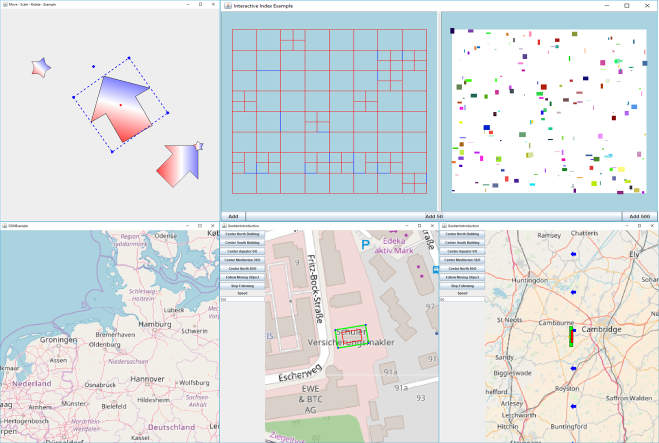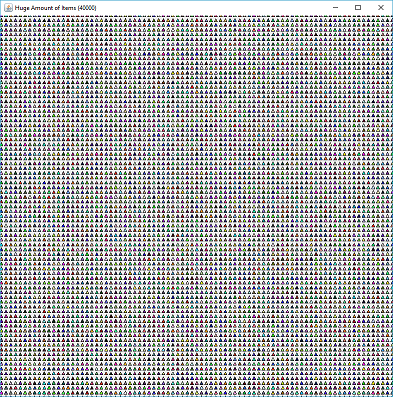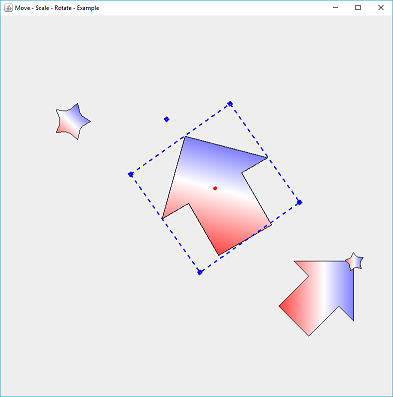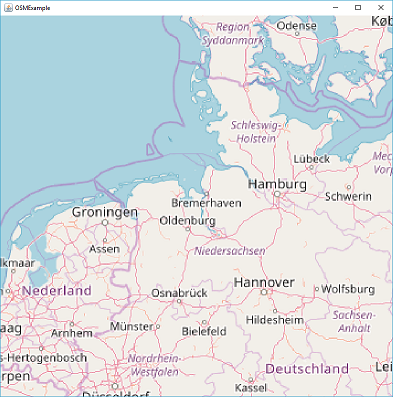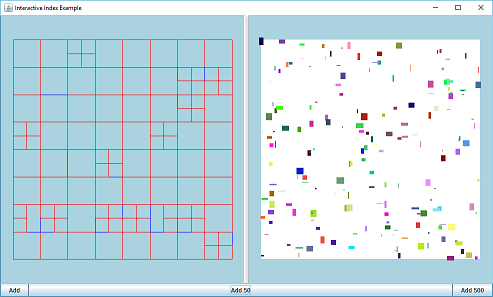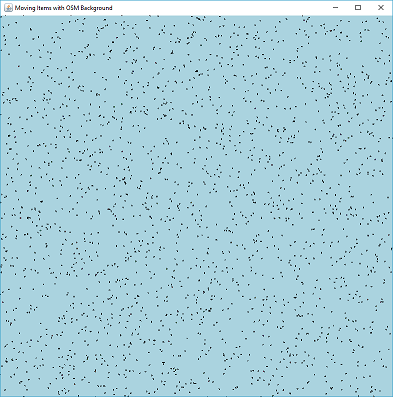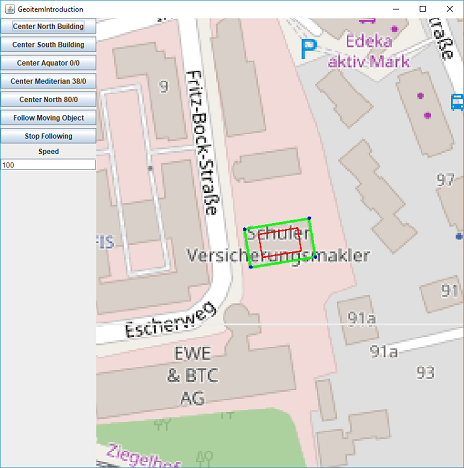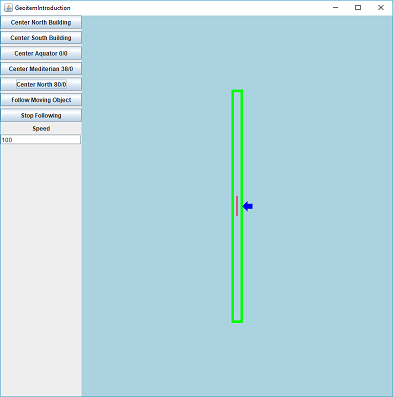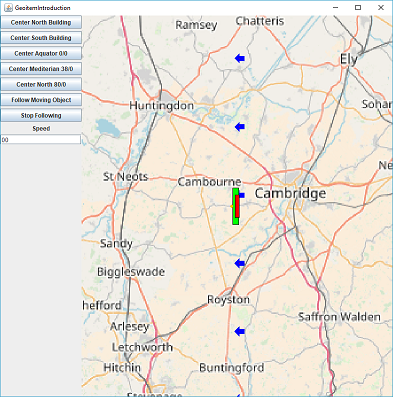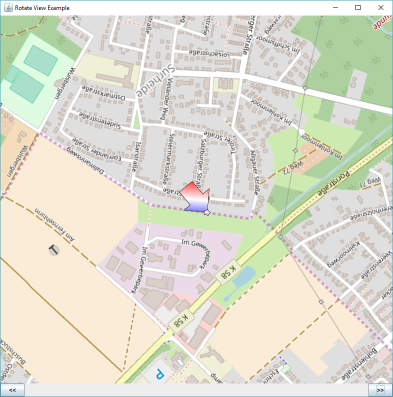The GraphicsView project reproduces QT's well-known "Graphics View Framework" for Java.
The focus is on decoupling from the graphics scene, in which all objects are defined, and the GraphicsView, which offers a specific view of a scene.
- Easy to use : Adding an Item requires only three lines of code
- Familiar Coordinate System : make use of the more familiar coordinate system (positive x to the right, positive y to up)
- Multiple View Support : You can use different views on the same scene
- Easy interaction with graphical items
- Select
- Move
- Rotate
- Scale
- Fast Index Structures : Different Storage strategies can be used to organize the items within a scene and to speedup the selection of items
- Reuse of Shapes : An shape (java2D) can be used in multiple items
- Designs : Use designs to change the visual behaviour of items, even if they do share the same shape
- Item Hierarchies : Items can be organized into Item - Hierarchies, similar to an 3D Scenegraph
- Independent Mouse Support for each Item: Each Graphical Item can make use of its own Mouse Handlers
- MouseListener
- MouseMotionListener
- MouseWheelListener
- Unlimited Zooming: No limitiations for zoom levels
- Easy observation of Changes: each item can be observed, wheater one of its parameters has been changed
- Custom Drawables : The optical representation of an item can easily been changed
- Z-Order: Define which item shall overpaint all others
- Rotate View: rotate the view without changing anything in the model or drawing
-
Tile Support : The GeoGraphicsView supports different TileFactories, that could even be mixed
- OSM
- WMS
-
Scale Aware Geographic Shapes : automatic correction of scaling effects, based upon the Projection from WGS84 coordinates to Web Mercator
-
Memory Aware Caching : Tile Images can be efficiently (Memory and Performance) organized into hierarchical caches. Each cache takes care of its own memory consumption.
-
No dependencies : plain java and java2D is used
- SelectionExample.java : Demonstrates how to add Items and how to use the SelectionHandler to select them
- RotationExample.java : Demonstrate how Items could be rotated, as well as the effect to their bounding box
- LotsOfItemsExample.java:
- MoveScaleRotateItemExample.java :
- OSMExample.java :
- InteractiveIndexExample:
- MovingItemsWithOSMBackground:
- GeoItemsIntroduction.java: *demonstrates the scale effect when using WebMercator projections and how to solve the issue with GeoGraphicsView
- RotateViewExample.java:
The following projects have some kind of similar objectives but none of them could fullfill all requirements. However all of them have been used as inspiration.
